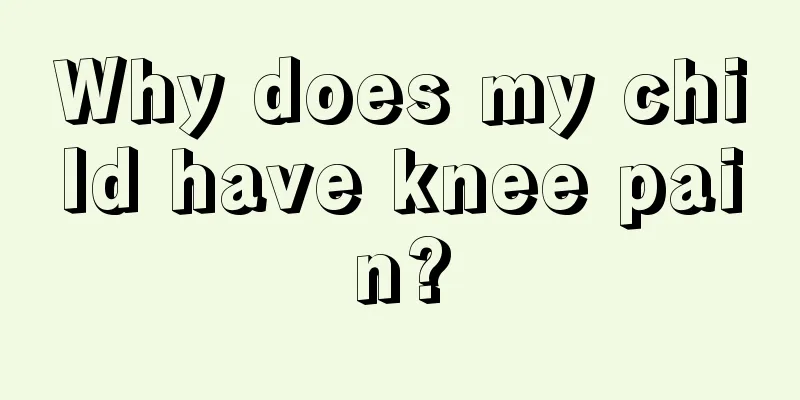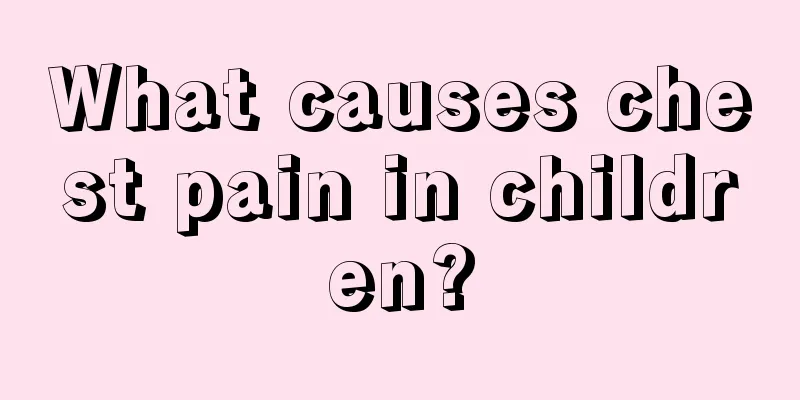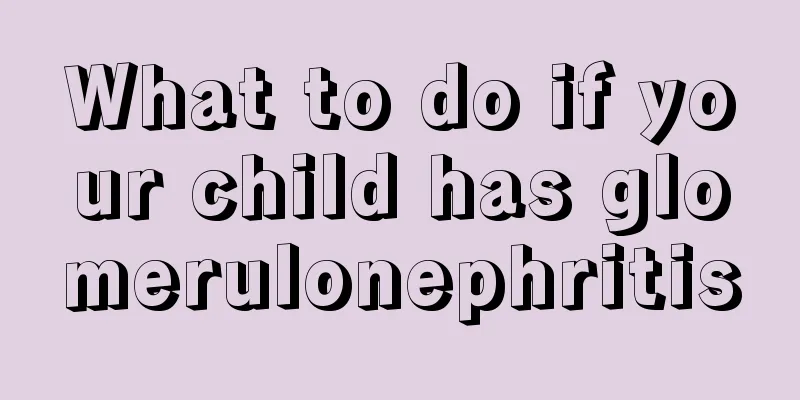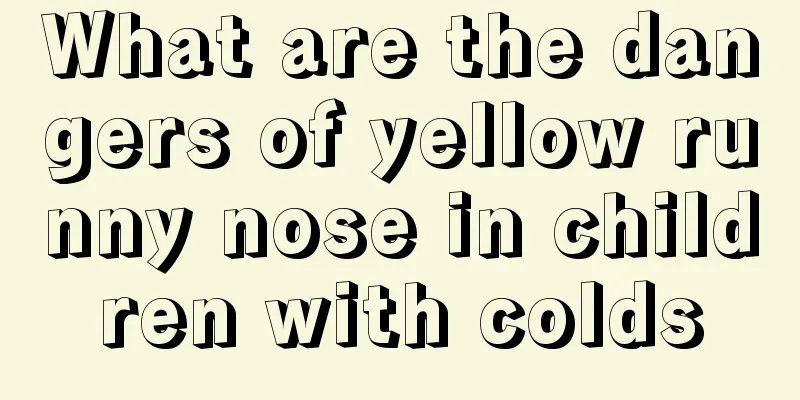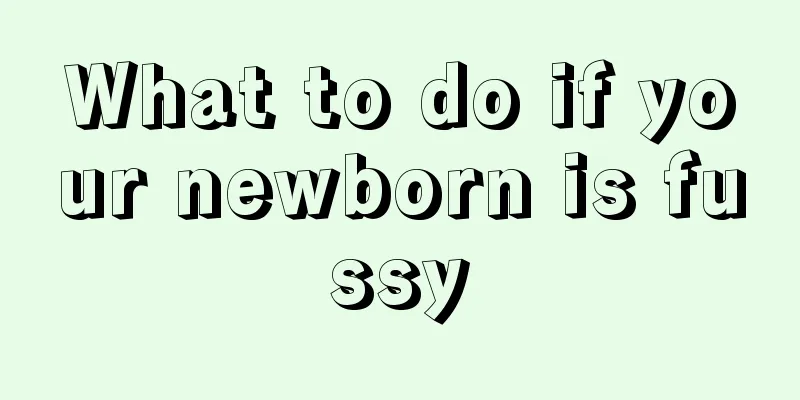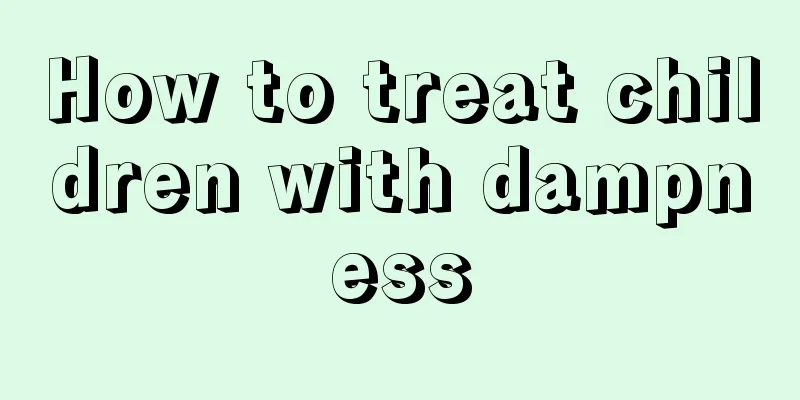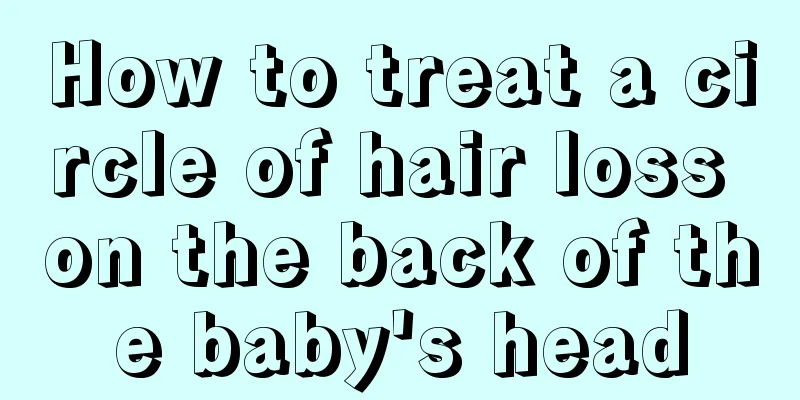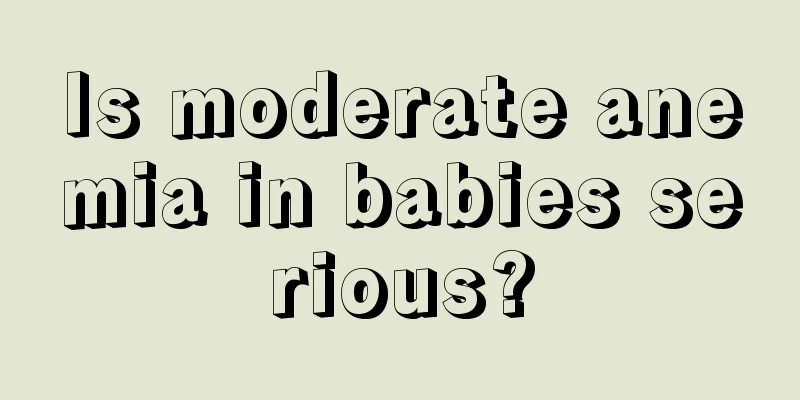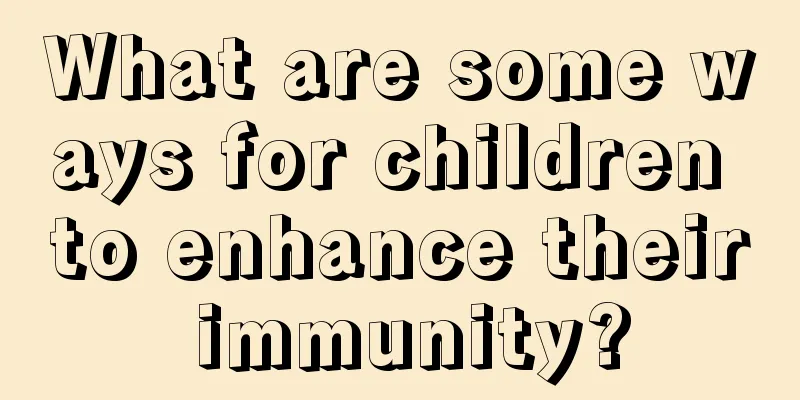What are the symptoms of a child having a fever and convulsions?

|
Families must not let their children's health be threatened by illness. No matter what causes the fever, it is necessary to reduce the fever and temperature as soon as possible. Once the fever reaches a high level, it is easy to cause convulsions or seizures. So what are the symptoms of a child's fever and convulsions? For any disease, only by observing the condition based on the symptoms can we provide a basis for the diagnosis of the disease, and it is also crucial to provide first aid treatment. It is common in children between 6 months and 4 years old. Convulsions usually occur in the early stage of fever and are short-lived. It is rare for multiple seizures to occur consecutively during a single febrile illness. It often occurs within 12 hours of fever. Consciousness recovers quickly after the attack, and there are no positive neurological signs. The EEG returns to normal one week after the fever subsides. This is a simple febrile convulsion with a good prognosis. The onset age of complex febrile seizures is uncertain, often occurring before 6 months or after 6 years of age. Initially, it is a high fever seizure. After several seizures, convulsions may occur with low fever or even without fever. Sometimes, the seizures occur repeatedly, and each seizure lasts longer, more than 15 minutes. The EEG examination is still abnormal 2 weeks after the seizure, and the prognosis is poor. The probability of developing epilepsy is 15% to 30%. A few people may have signs before an attack: extreme irritability or "startling" from time to time, mental tension; frightened expression, sudden increase in muscle tension in the limbs; sudden rapid, paused or irregular breathing; sudden rise in body temperature, drastic change in complexion; pupils of different sizes; and uneven edges. Typical manifestations are sudden onset, loss of consciousness, head tilted back, fixed upward or squinting eyes, foaming at the mouth, clenched jaws, and clonic or tonic convulsions of the facial or limb muscles. In severe cases, neck stiffness, opisthotonos, irregular breathing, cyanosis, or incontinence may occur. The duration may be from a few seconds to several minutes or longer. Then turn into drowsiness or coma. Examination during or shortly after an attack may reveal signs such as dilated pupils, slow reaction to light, and positive pathological reflexes. Consciousness is restored shortly after the attack stops. The above article gives a clear introduction to the symptoms of children's fever and convulsions, and I believe everyone is clear about it. If the convulsion lasts for a long time, it will pose a great threat to the child's life safety and will also cause many complications and sequelae. Therefore, only timely and correct treatment and protective measures can help children recover their health. |
<<: What should I do if my child has a fever, convulsions and rolls his eyes?
>>: What should I do if my child has a fever and convulsions?
Recommend
What causes redness and swelling of children’s skin?
Children's skin is generally delicate, so onc...
What should children with functional dyspepsia eat? Don't miss these foods
Children's digestive function is relatively p...
What should I do if my child has phlegm in his throat?
For many parents, having a sick child is a headac...
What are the diagnostic methods for the baby's left eye mucus?
Every baby is the hope of the family and the futu...
Why does the child's head sweat?
The situation where children often sweat on their...
How to care for baby's snoring throat
Babies under three years old are very susceptible...
What to do if your newborn is breathing heavily
Newborns are a group that has just come into the ...
What causes pain in the child's leg joints?
Everyone knows that the physical fitness of the e...
How to improve children's memory?
Children can be said to be the hope of the family...
Symptoms of keratitis in children: understand and prevent them early
For childhood keratitis, the best coping strategy...
Breakfast recipes for eight-month-old babies
Now the baby's health has become the most imp...
Reasons why babies sneeze
What's wrong with children who sneeze frequen...
Why does my baby's legs become weak when walking?
Every baby coming into the world makes family lif...
Do newborns sleep on mats in summer?
The weather in summer is relatively hot, which ca...
What is the cause of the small pimple behind the baby's ear?
In daily life, when parents are taking care of th...
